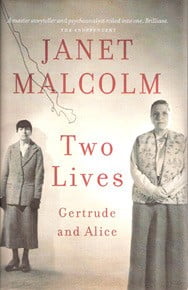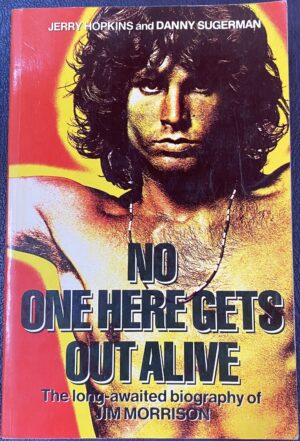J.M.W. Turner 1775-1851: The World of Light and Colour
By Michael Bockemühl
$17.00
As a blind person would see the world if the gift of sight suddenly returned – so might one describe the effect of Turner’s paintings on the observer.
John Ruskin, the uncompromising nineteenth century defender of the painting of William Turner (1775-1851) spoke of the ‘innocence of the eye’, which perceives the colours and forms of the world before it recognises their significance. But in order to develop such a style, Turner first had to overcome the entire legacy of late rococo academic teachings. He was simultaneously a romantic and a realist – and yet he was neither. His landscapes, far in advance of their time, have been called forerunners of Impressionism, but they also posses traits that influenced Expressionism, and many of his late compositions are thoroughly surrealistic.
Contents
Observation -a method of approach
Early days -expertise becomes evident
Completed structure becomes open form
The artist’s world: Mental conception and pictorial realisation
The open picture and its manifestation
The “open secret” of colour
J. M. W. Turner 1775-1851: Chronology
Notes
Dang! We just sold this one. If you would like to be notified if we rescue another copy, please sign up for secondhand book notifications.





